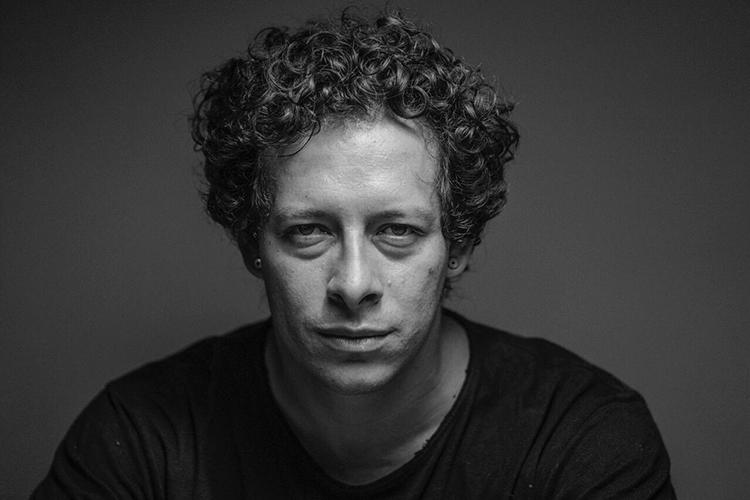Miami, May 22, 2019–The Committee to Protect Journalists today called on Colombian authorities to ensure the safety of photojournalist Federico Ríos, who was forced to flee his country after being harassed online over comments by lawmakers.
Ríos, a freelancer who works for outlets including The New York Times, told CPJ today that he left Colombia on May 19, for safety reasons, after at least three lawmakers circulated a photograph on Twitter that wrongly identified Ríos as New York Times Andes bureau chief, Nicholas Casey. Ríos said that the lawmakers’ posts were retweeted thousands of times, and that other users on Twitter harassed him and accused him of being a “guerrillero” and being in the pay of the Revolutionary Armed Forces of Colombia (FARC) paramilitary guerrilla group.
Casey also left Colombia after several lawmakers falsely accused him over social media of associating with FARC, CPJ documented this week. He told the Colombian newspaper El Tiempo that such accusations are serious due to the lack of security and safety in Colombia for journalists.
The harassment followed a New York Times article by Casey, alleging that the head of Colombia’s army ordered troops to double the number of criminals and militants they kill.
“The irresponsible conduct by several Colombian lawmakers, who made false and incendiary accusations, has real effects on the day-to-day lives of journalists, especially local ones such as Federico Ríos,” said CPJ Program Director Carlos Martínez de la Serna, in New York. “In a country where journalists are at risk of attack for their work, elected officials should be working to ensure their safety, rather than leveling claims that further endanger them.”
The photograph of Ríos was first circulated on Twitter by Senator María Fernanda Cabal, from the Democratic Center party, on May 18. That tweet identified Ríos incorrectly as Casey. A report published yesterday by Agence France-Presse’s Spanish-language fact checkers, AFP Factual, who spoke with Casey and Ríos, confirmed that the person pictured on the back of a motorcycle driven by a FARC rebel was Ríos and not Casey.
Ríos told CPJ that the report reignited the issue on Twitter, causing a second wave of harassment aimed at him. Ríos said that he did not work on the New York Times article that led to the harassment of Casey. He worked on a separate article published days before. The journalist added that the Times has been supportive throughout the incident.
Ríos told CPJ that he has covered the peace negotiation between Colombian authorities and rebel groups in recent years, and that the picture circulated on Twitter was taken during a previous journalism assignment to a FARC encampment.
The tweets from the lawmakers showing the picture of Ríos have been retweeted more than 5,400 times, according to CPJ’s review of posts on the social media network.
The New York Times confirmed to CPJ today that it was Ríos in the photo. When CPJ requested comment on the harassment earlier this week, New York Times directed CPJ to its response to Cabal on Twitter in which the paper said that it does not take sides in political conflict in any part of the world, and that it reports impartially.
Cabal did not immediately respond to CPJ’s requests for comment.
Colombia is a dangerous country for journalists, ranking eighth on CPJ’s annual Impunity Index of places where journalists are slain and their killers go free.
